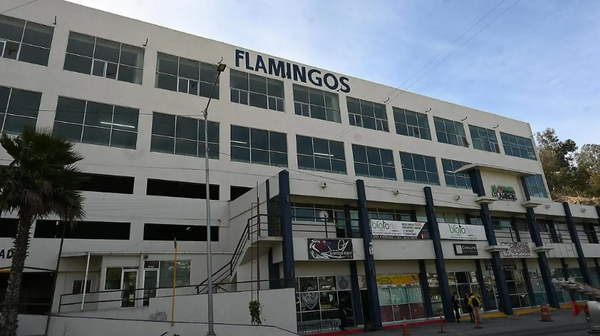Traditional management techniques are being combined with modern technology to aid the restoration of vitally important wetlands near Balranald, in south-west New South Wales.
Indigenous traditional owners, the Nari Nari Tribal Council and their partners have started using artificial intelligence and aerial imaging to more effectively target their work at the Gayini Nimmie Caira property.
Data from high-resolution aerial images of the property is being fed into mapping and artificial intelligence tools to map water and show how environmental watering, allocated from the Murrumbidgee River, has been used.
The environmental water is spread across the property to add life to the wetlands and the animals and plants that rely on that precious ecosystem.
Since the Nari Nari began managing the old cattle stations in 2000, native birds and plants have begun returning in large numbers and it's hoped the new technology could help guide the work into the future.
Showing change over time
Through busting old irrigation channels and banks, and targeting areas with environmental water, the 88,000-hectare property has been transformed in 22 years from a dust bowl into a thriving wetland ecosystem.
To date, the Nari Nari and their partners The Nature Conservancy, which led a consortium to purchase Gayini Nimmie Caira in 2019, have relied on sight, as well as hydrological monitoring and drones to plan and monitor the work.
"Now the water is spreading to new places we never thought it had in the past, and one of the critical elements is how do we monitor that and show change over time?" said James Fitzsimons of The Nature Conservancy.
Technology company Nearmap is providing the new technology, which will allow land managers to see exactly where water is on the property and how its distribution is changing over time.
The changes can then be interpreted into data, which feeds into artificial intelligence tools that allow for sophisticated monitoring and management of water at Gayini Nimmie Caira.
Nearmap aerial images of Gayini Nimmie Caira, with AI modelling mapped across.
New methods to care for country
Nari Nari Tribal Council vice chair Mark Brettschneider said more complex data and images could help the group target their environmental water, conduct land restoration and pest management, and where to build infrastructure.
"It's hard out here because once the wetland areas are wet, it can be really hard to access a lot of areas," the land manager said.
"Simply by looking at these maps, we can find an area where water is being held up, we need to get over there and have a look at that area, which gives us much better use of water across the country.
"It's hard to think there's over 80,000 hectares of country, a lot of which is floodplains that are inaccessible, so this imagery will help us look and find those areas and help with management."
The blue AI mapping will feed into data to give managers a more advanced understanding of the water on Gayini Nimmie Caira.
Mr Brettschneider said the group were also hoping the technology could aid their ambition to return cultural burning to the land.
"Using the imagery, we can look at areas without having to go there, and see there are areas where our threatened species are growing," he said.
"But they're stymied because of winter weeds or something else, and we can go in and say, 'Righto, we need to do a burn in this country here."
"That'll bring back stuff like our nadu, our old man weed, saltbush, and things we can use for traditional purposes."







